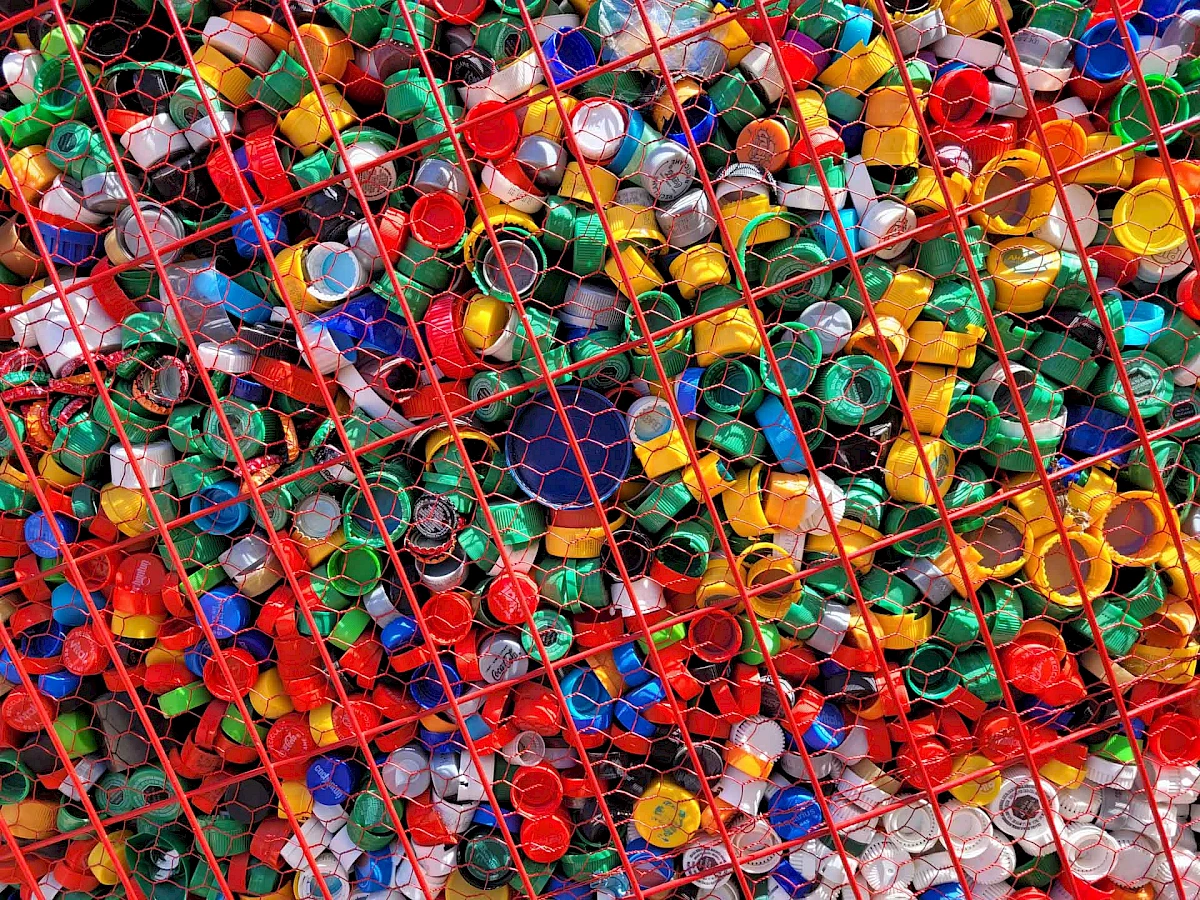
© Photo by geogif on istockphoto


Recycling of plastics
The amount of plastic waste has risen sharply in recent years. Due to the European and national targets for the increased closure of material cycles, it is necessary to identify possibilities for significantly increasing recycling rates. Approaches are listed in more detail here.
Recycling of plastics
The amount of plastic waste has risen sharply in recent years. Due to the European and national targets for the increased closure of material cycles, it is necessary to identify possibilities for significantly increasing recycling rates. The following approaches are being pursued:
- In mechanical recycling, the used product/material is treated with processes that are based on purely mechanical/physical process steps (crushing, classifying, sorting, e.g. according to optical properties, density and shape, washing, melting, filtering, etc.), whereby the material is returned to the material cycle directly, i.e. directly and without the intermediate step of a chemical conversion.
- Raw material recycling uses processes (e.g. pyrolysis, hydrogenation, gasification, solvolysis or depolymerisation) in which the waste is (thermo)chemically converted into basic chemical components. These correspond in quality to the original building blocks and can be used again for the production of plastics in virgin material quality.
 Recycling of plastics
Recycling of plastics© Photo by Killari Hotaru on Unsplash
